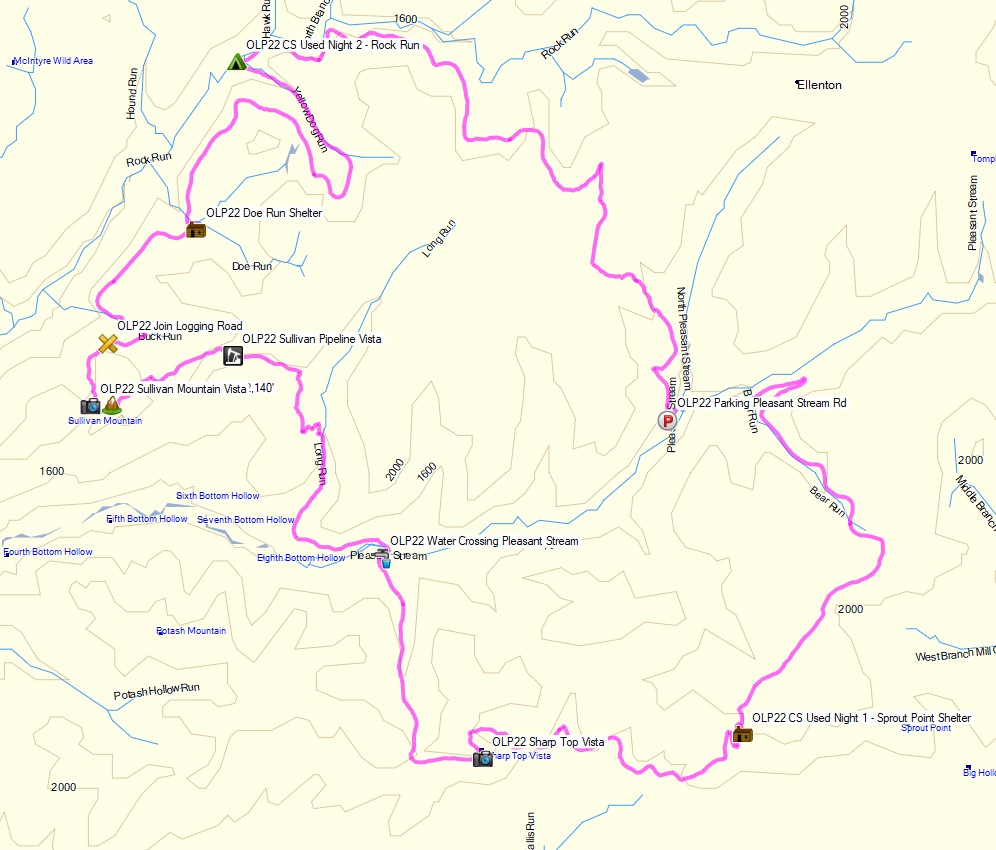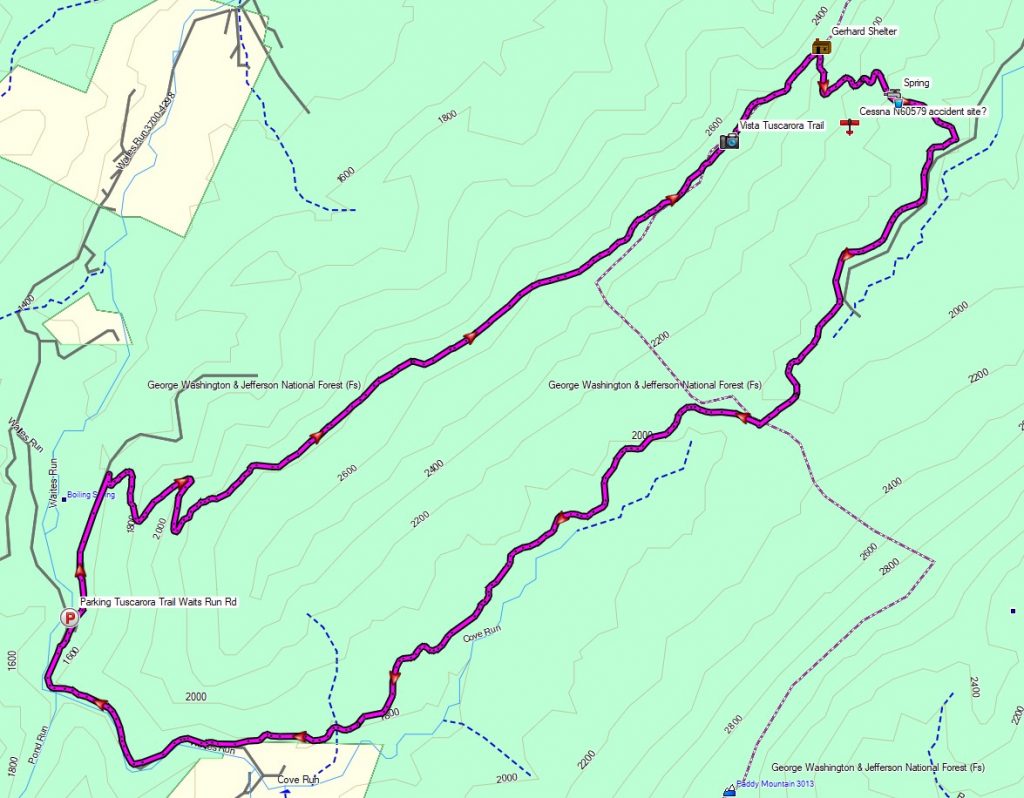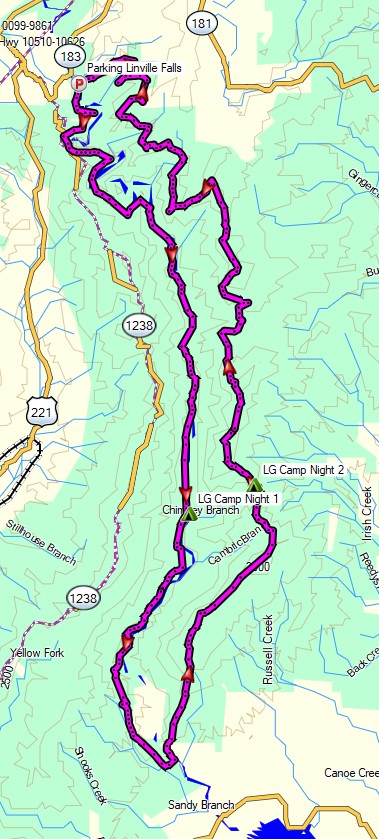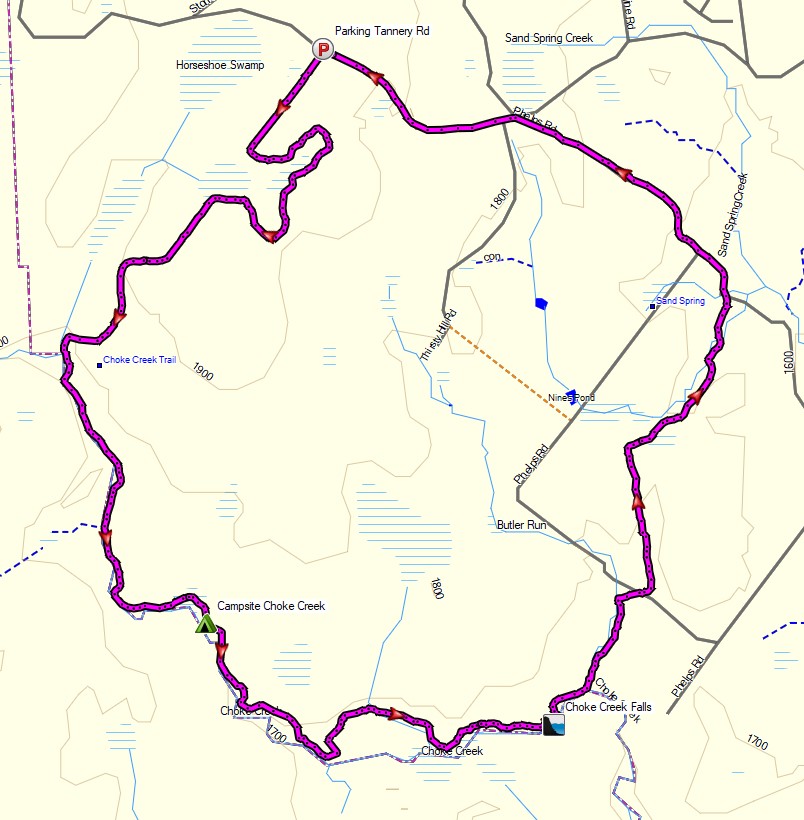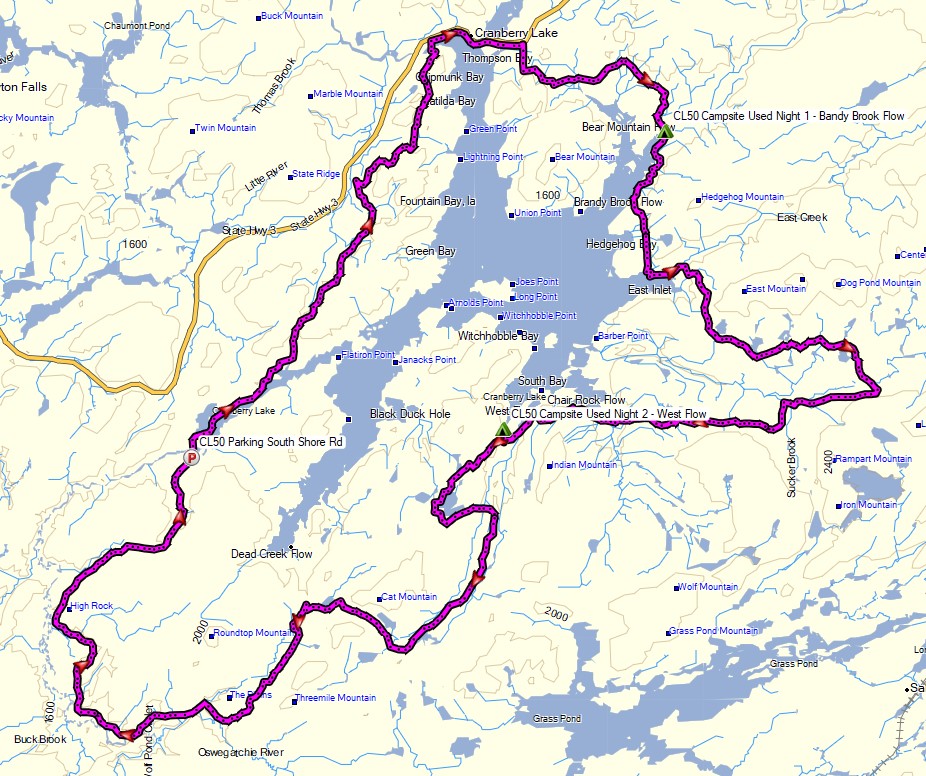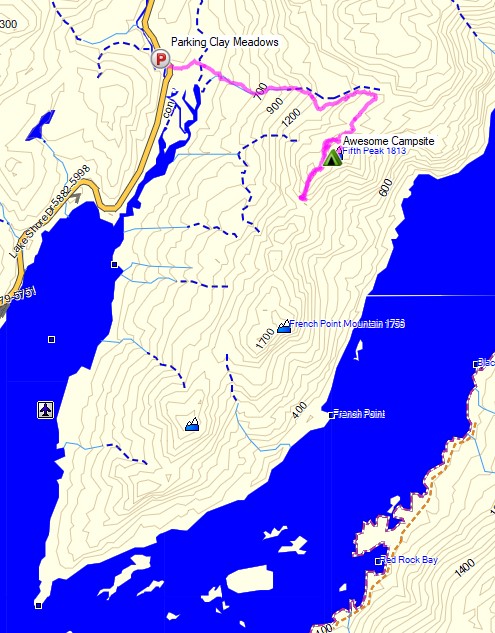3 days of Backpacking, Trekking Pole Tent Camping and Lean-to Shelter Camping on the Old Loggers Path.
FTC Disclosure: This post contains affiliate links, which means I may receive a commission for purchases made through some of my links.
For this 3 day, 2 night summer backpacking trip, I decided to revisit the OLP in Pennsylvania’s Loyalsock State forest. The OLP is a 27 mile backpacking loop along babbling brooks, waterfalls, hardwoods and hemlocks. I previously did this loop counter-clockwise as a solo hike a couple of years ago, but there was so much to soak in that I decided it would be worth hiking it again. This time I would hike it clockwise with my buddy Dave from Outdoor Vitals, who recently moved out to Pennsylvania from Utah.
Dave had never camped in a lean-to shelter before, so we targeted the Sprout Point shelter for our first night, followed by some tent camping along the confluence of Rock Run and Yellow dog run on the second night. This would also be my first time experimenting with an ultralight trekking pole tent, so I was looking forward to trying that out.
Our weather ranged from highs in the upper 70’s with fairly high humidity, and lows in the upper 60’s. This allowed me to save weight by packing a lightweight 40° quilt and leaving my extra warm clothing layers at home. There was a possibility of rain each day though, so I packed in full rain gear. I also brought a folding saw and some other comfort items, so my base weight was still right around 10 lbs despite the warm forecast.
Trail conditions on the OLP are a mix of nice flat dirt sections, punctuated by spurts of steep sections littered with Pennsylvania’s infamous rocks to keep you on your toes ; literally. Despite the occasional rough sections, the average daily gross elevation gain was only around 1,500 feet per day. Potential water sources are fairly plentiful on the Old Loggers Path, but the key word is potential. When I went before in spring, I got by with only carrying around 1 liter of water at a time. This time around things were very dry, so the only water sources we used were the two that are always flowing – Pleasant Valley Stream and the Rock Run / Yellow Dog Run confluence.

